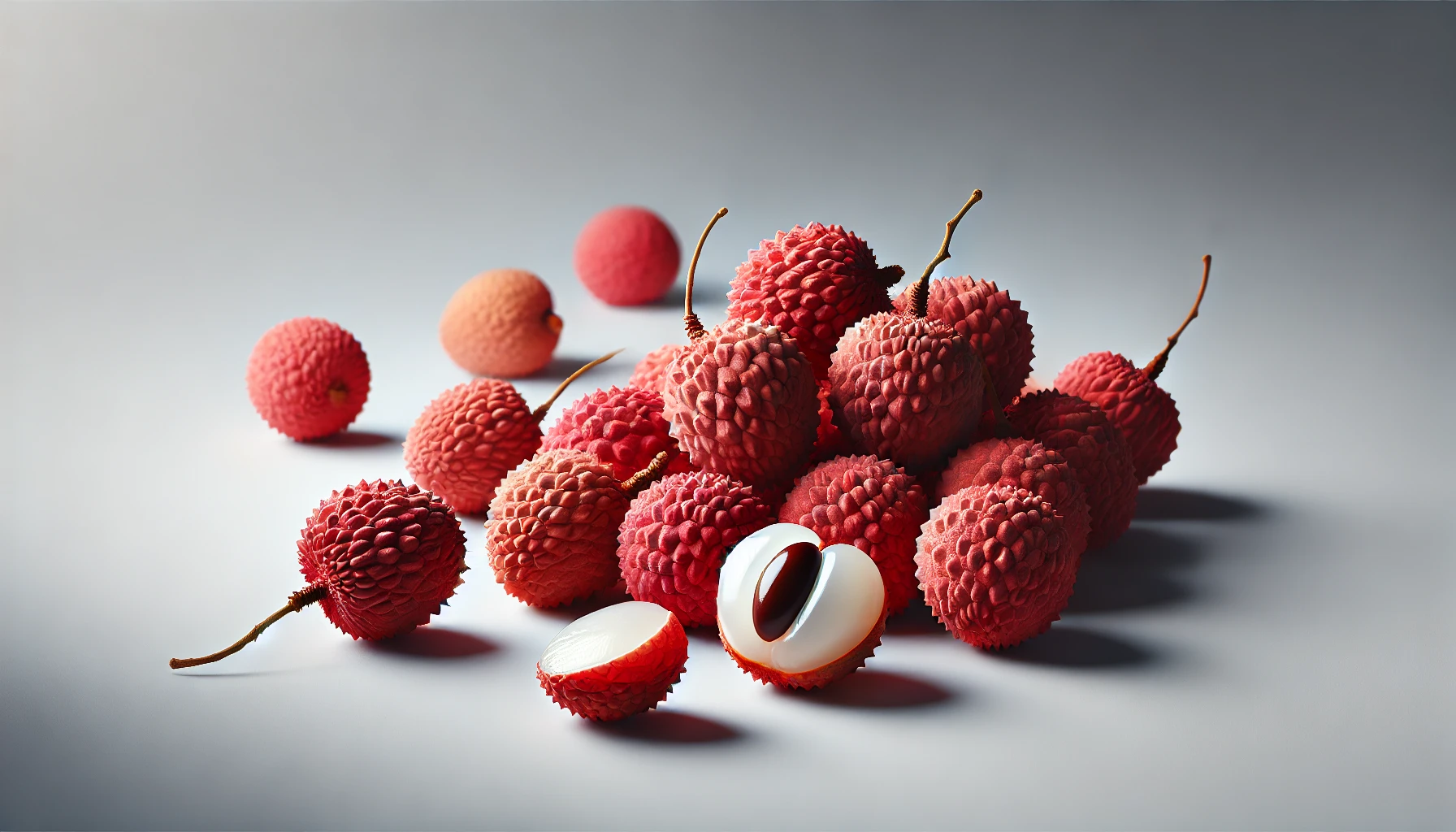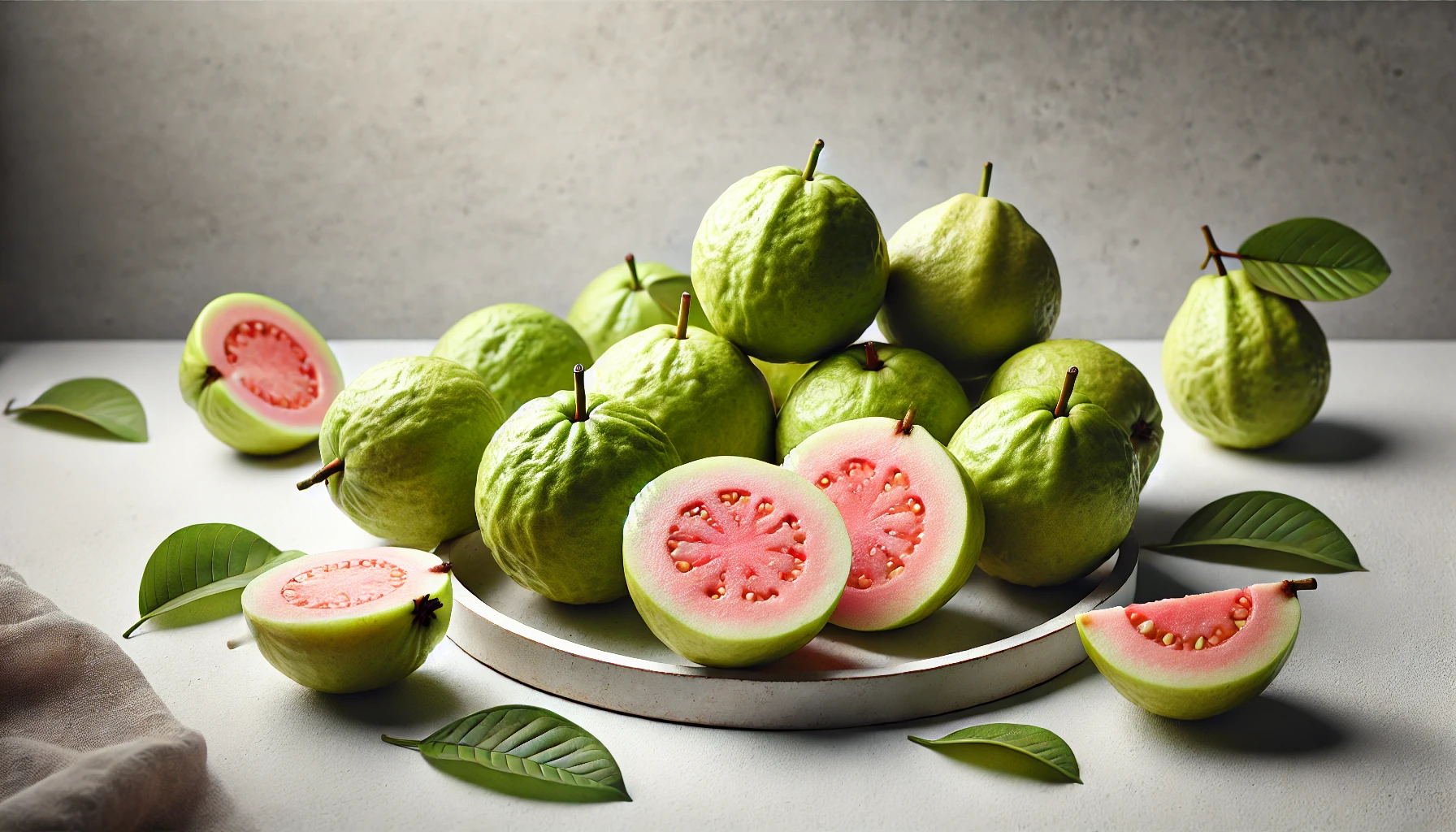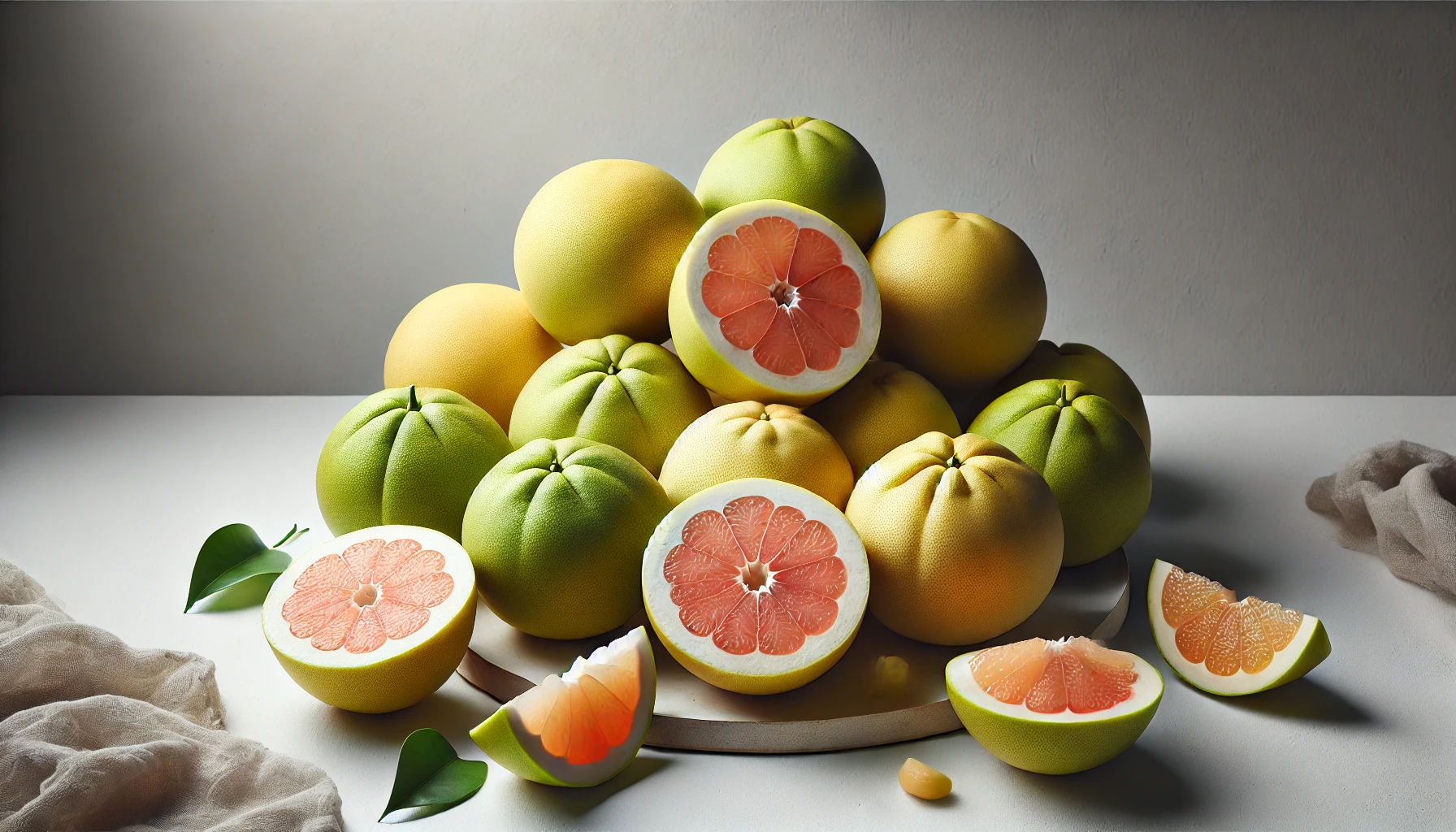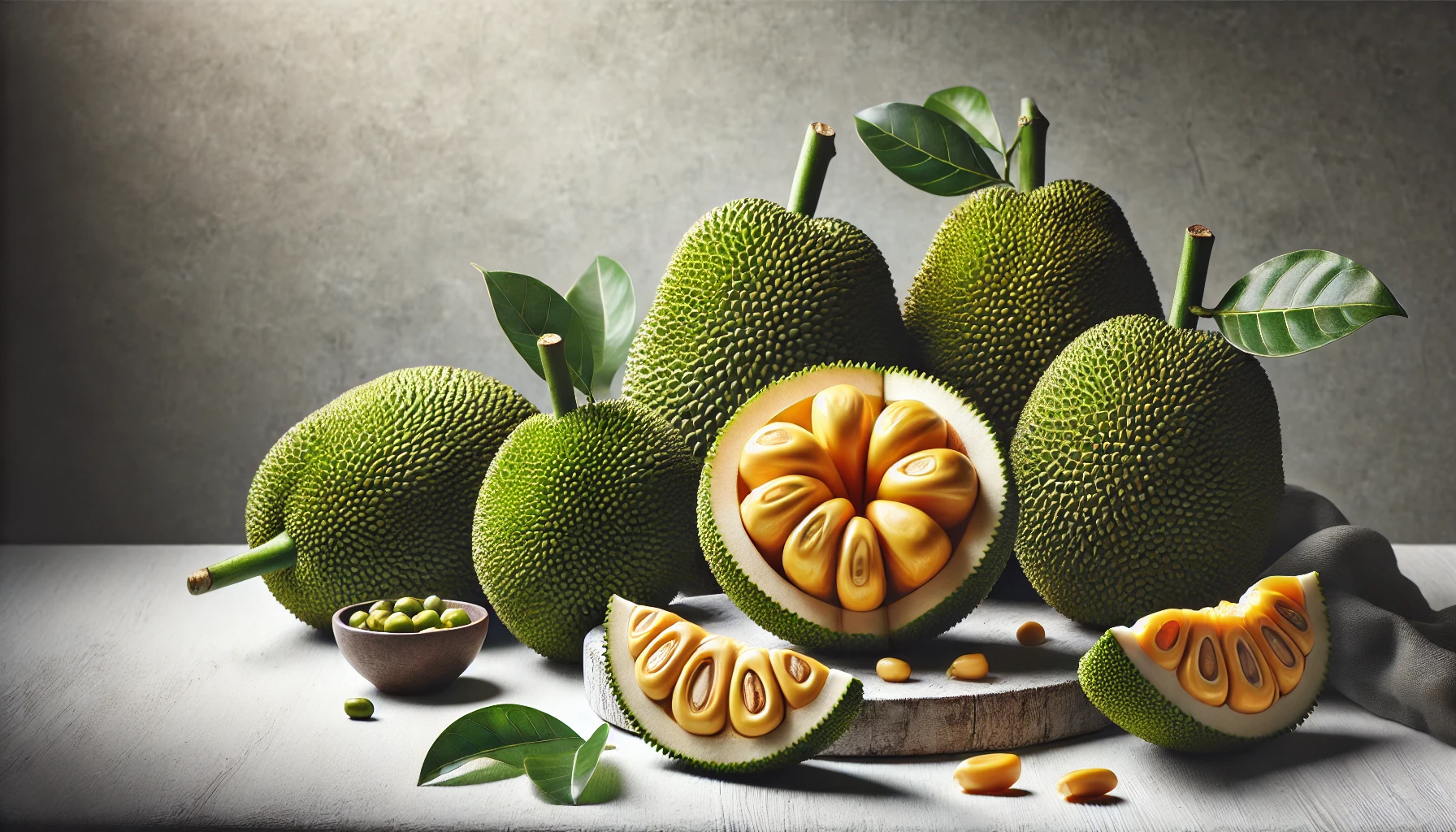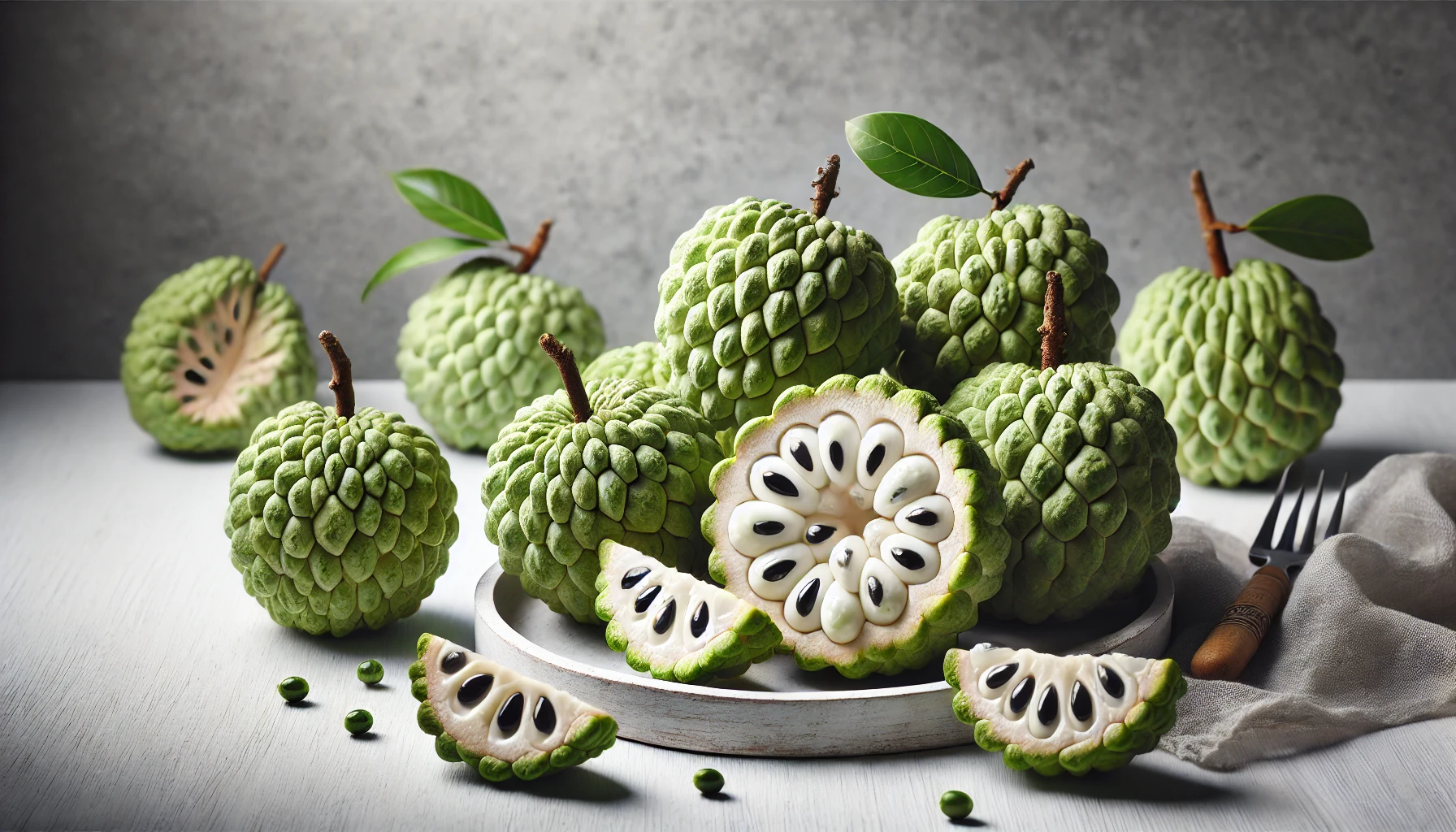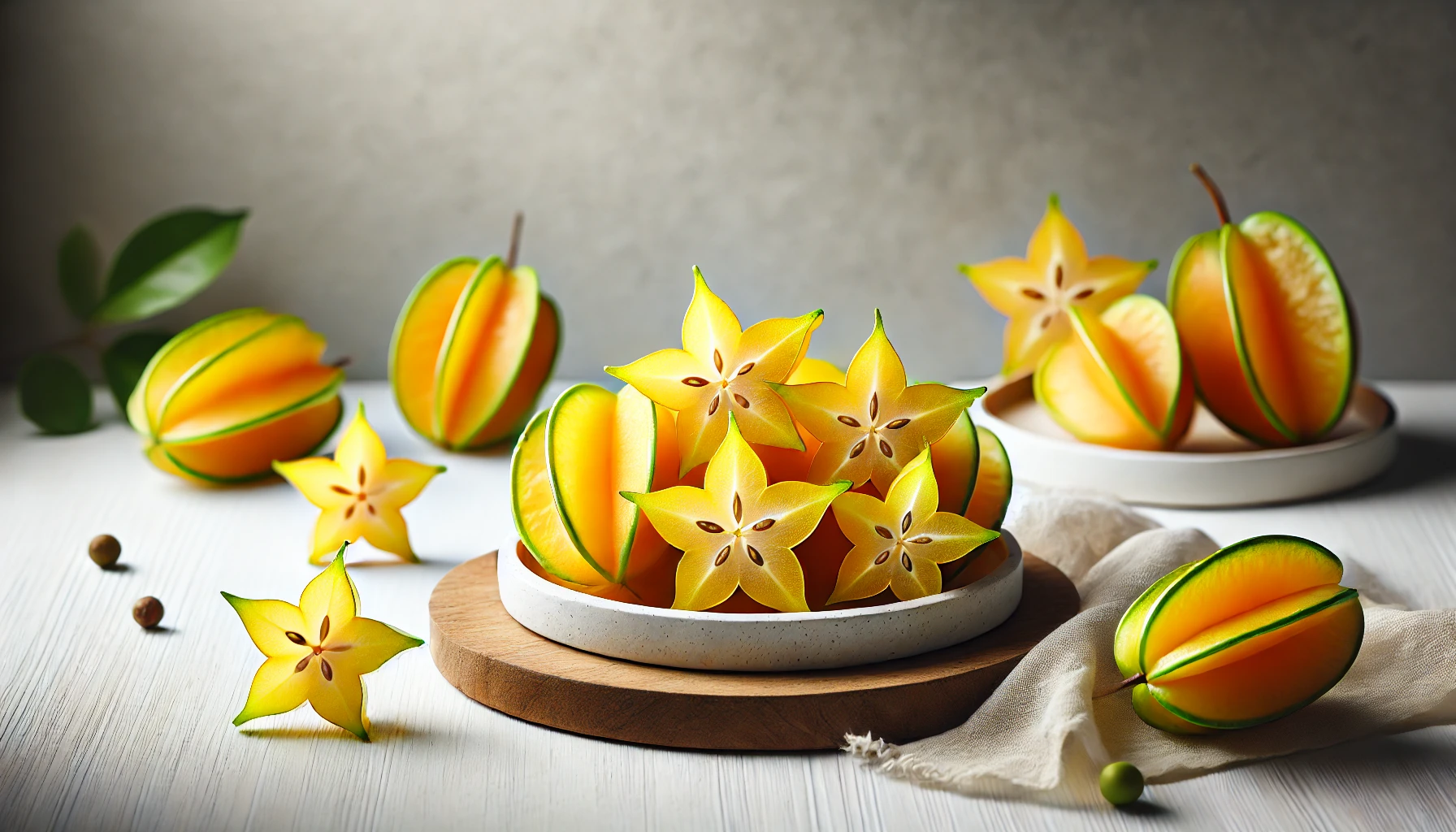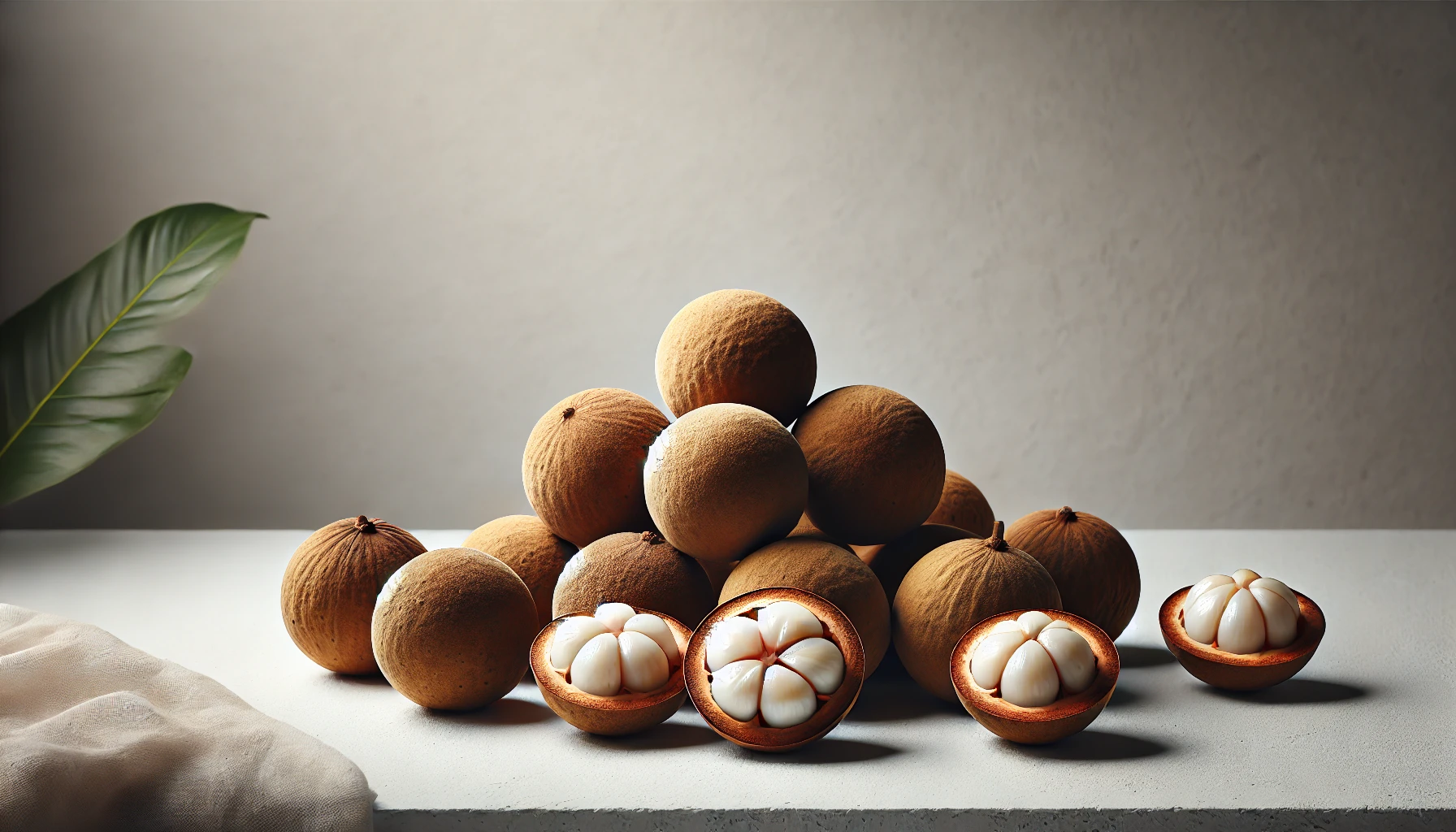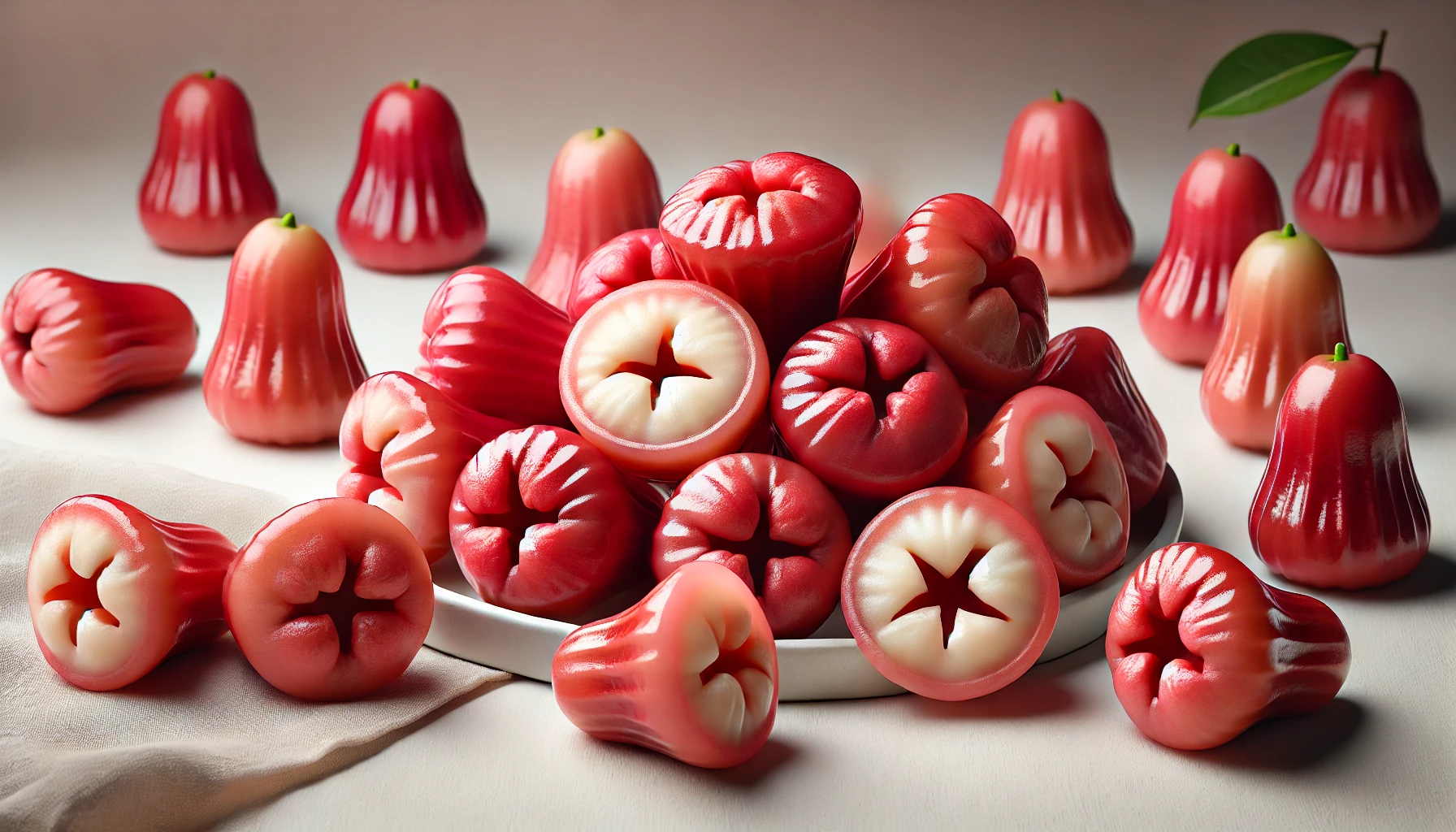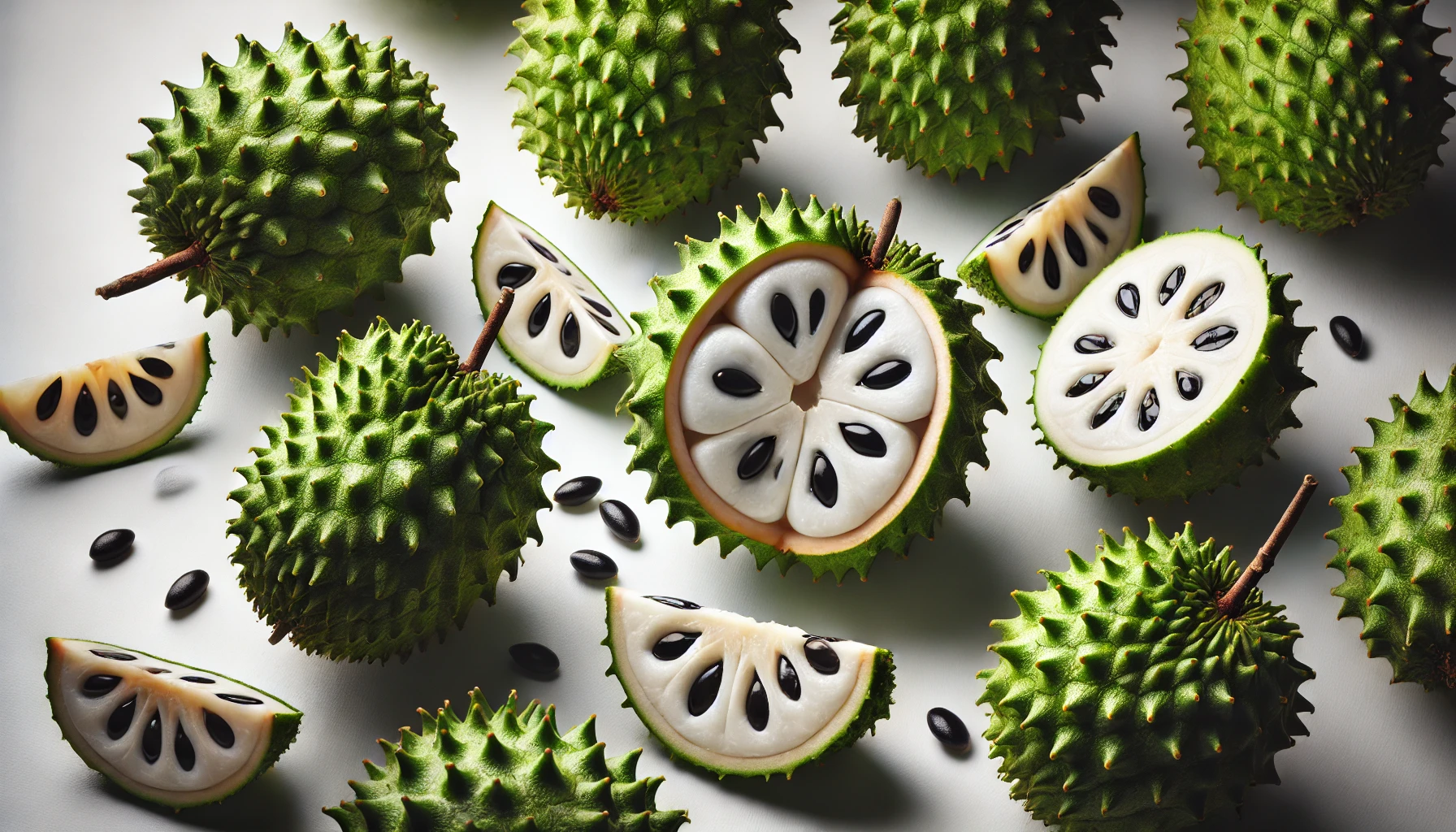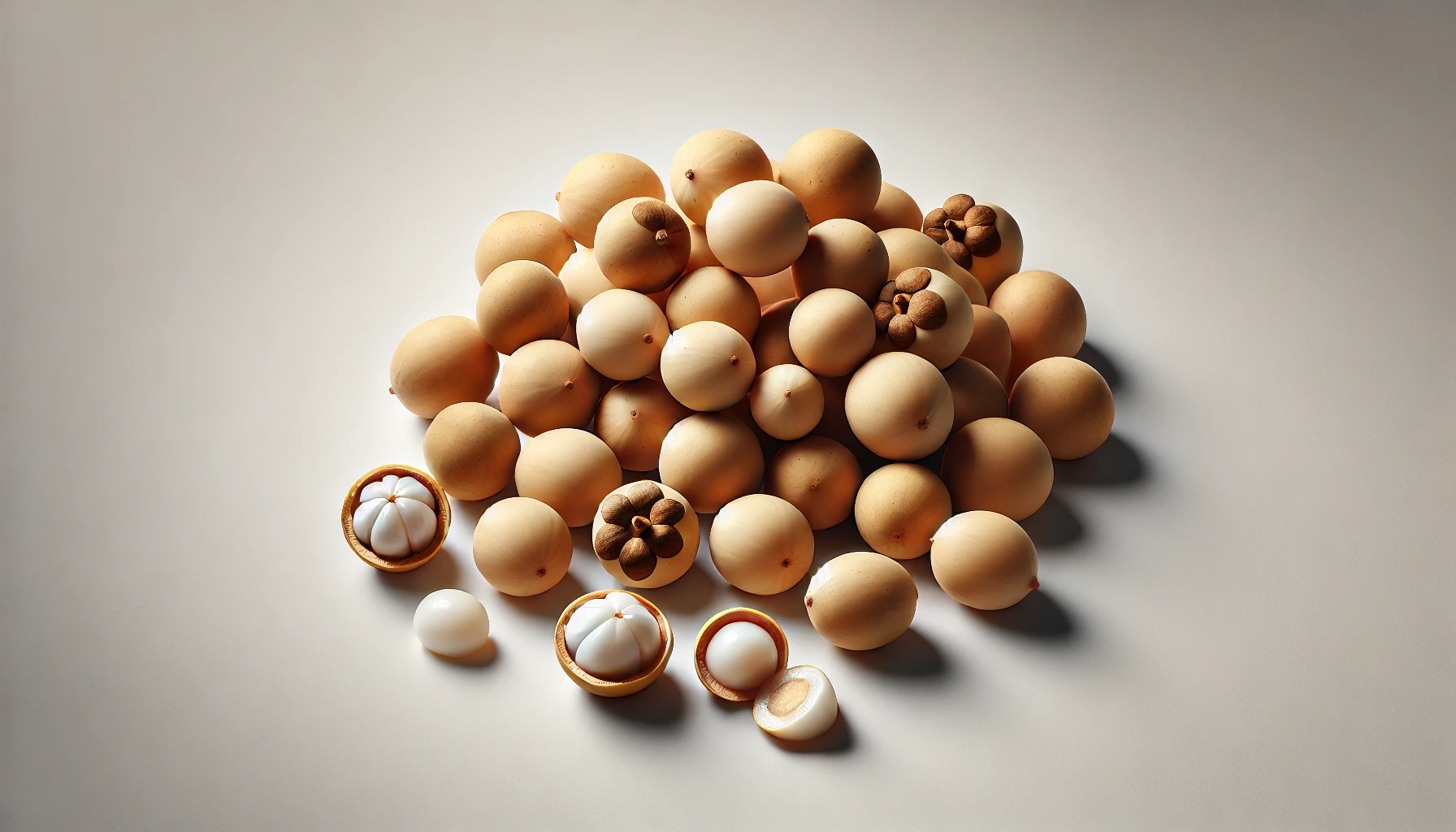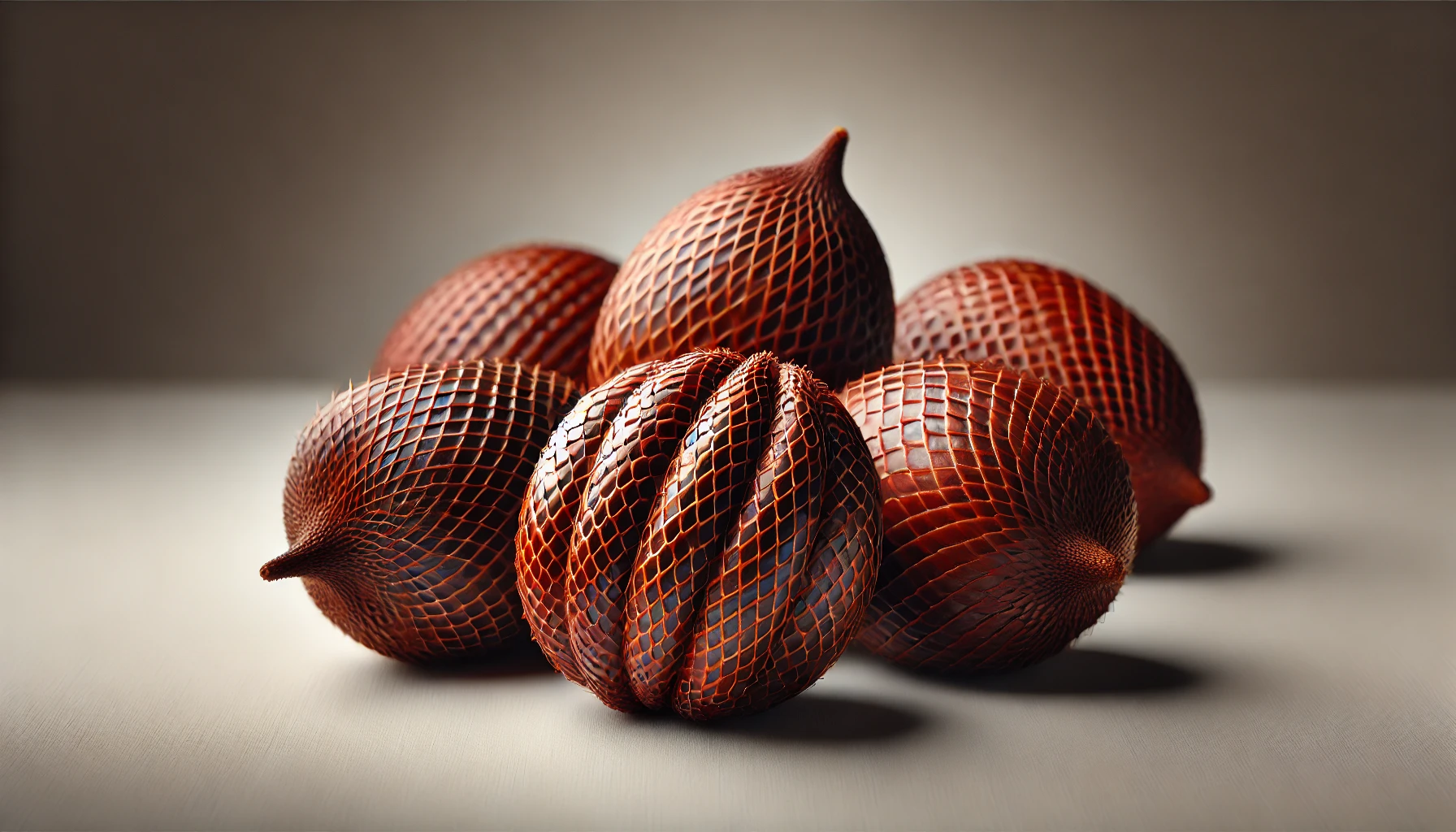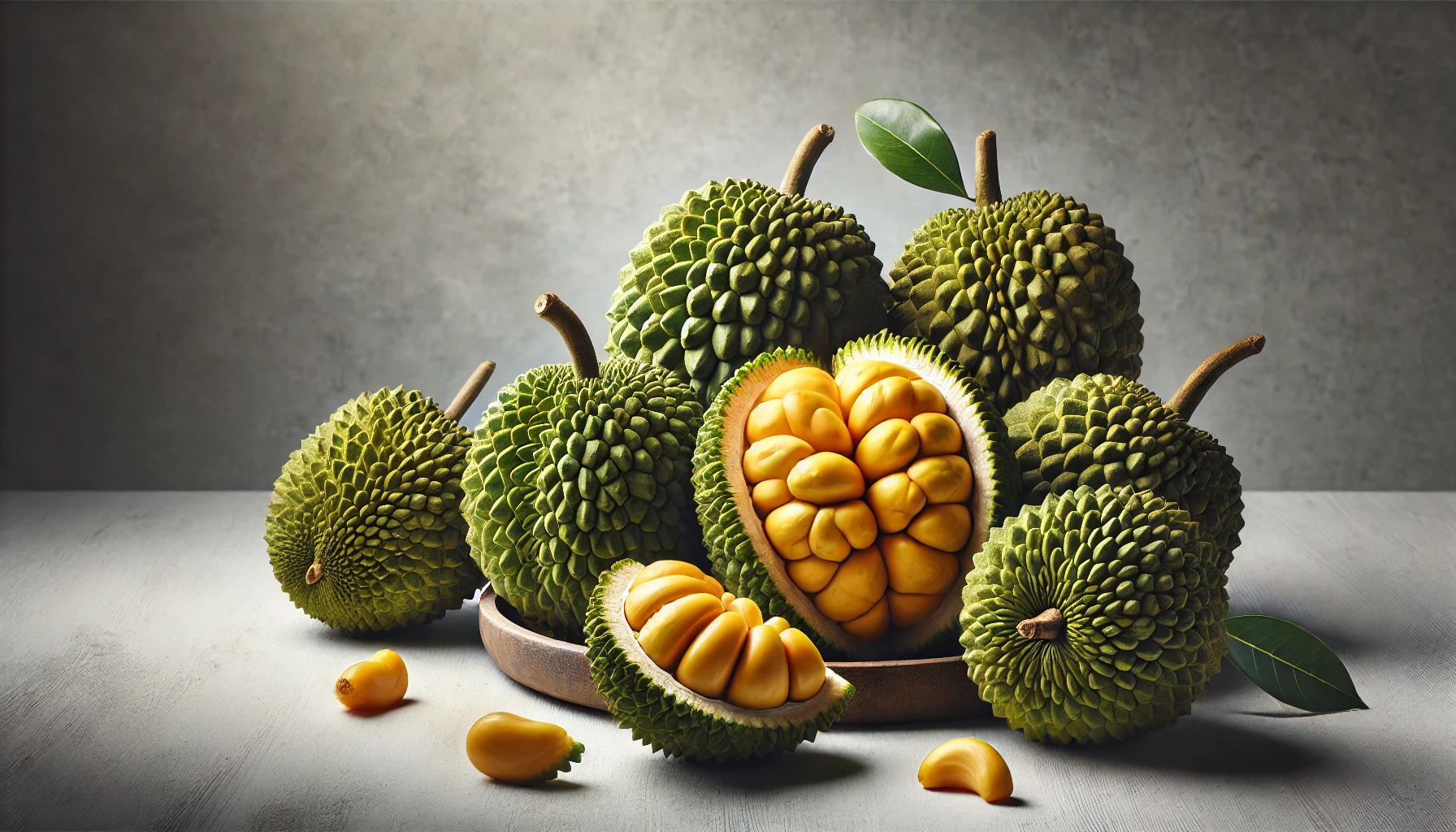Thailand is not only famous for its stunning beaches, exotic culture, and historic temples but also for its tropical fruits. The country’s warm climate and fertile soil provide ideal conditions for the growth of various fruit species. From well-known fruits like mango, rambutan, and durian, to lesser-known ones such as mangosteen and longan, Thai fruits appeal to both our eyes and taste buds. In this article, we will explore the most popular and exotic fruits of Thailand. Let’s dive in together!
1. Mango (Ma-Muang)
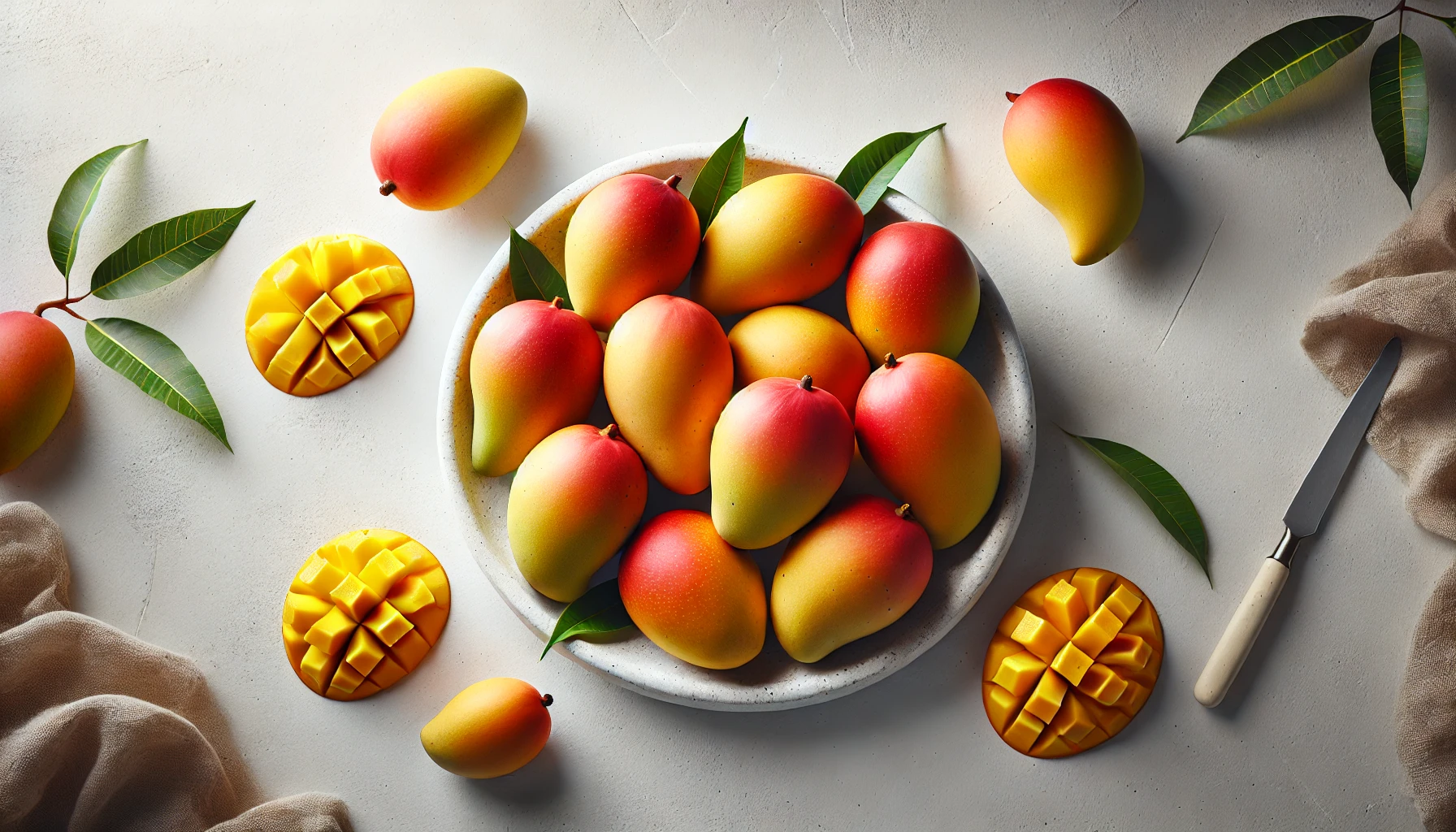
Mango is one of the most beloved and consumed fruits in Thailand. Its sweet, juicy, and rich flavor makes it a favorite for people of all ages. It is packed with vitamin A, vitamin C, antioxidants, and fiber. Popular varieties like Nam Dok Mai are particularly noted for their fiberless texture and delightful fragrance. Mango is often enjoyed on its own or served with Thailand’s famous dessert, “Khao Niew Mamuang,” also known as “mango sticky rice.”
Why Mango?
- Flavor Profile: Rich in sweet, tropical, and slightly tangy flavors.
- Health Benefits: Boosts immunity, supports eye health and digestion, and contributes to heart health and skincare.
- Uses: Consumed as a fresh fruit. It’s also used in salads, smoothies, desserts, juices, jams, and ice cream.
- Season: March – July (because mangoes grow in warm weather).
- Price: Between 20.38 THB and 50.95 THB per kilogram (approximately 0.59 to 1.48 USD).
- Tip: A good mango emits a sweet fragrance, feels slightly soft, shows yellow or orange hues depending on the variety, and feels heavy for its size.
1.1. By the way;
There are over 200 varieties of mango in Thailand. These varieties offer different flavor profiles, colors, and shapes. Among the most well-known and widely consumed varieties are:
- Nam Dok Mai (น้ำดอกไม้): One of Thailand’s most famous and popular mango varieties. It has a sweet and juicy texture, often used in desserts.
- Keo Savoy (เขียวเสวย): Green in color with a slightly sour taste. It is usually eaten fresh or used in salads.
- Chok Anan (โชคอนันต์): This mango has a sweet and fiberless texture, commonly eaten fresh or used in smoothies and juices.
- Rad (เรด): It usually turns reddish when ripe and has a sweet flavor.
- Ok Rong (อกร่อง): A soft, sweet, and fragrant mango variety, mostly consumed fresh.
- Kaew (แก้ว): A fibrous mango that can be eaten both ripe and unripe.
- R2E2: An Australian-origin mango variety also grown in Thailand. It is large, sweet, and fiberless.
Mango cultivation in Thailand is diverse, with each type having its unique characteristics. This variety makes Thailand a paradise for mango lovers.
2. Mangostan (Mang-Kut)
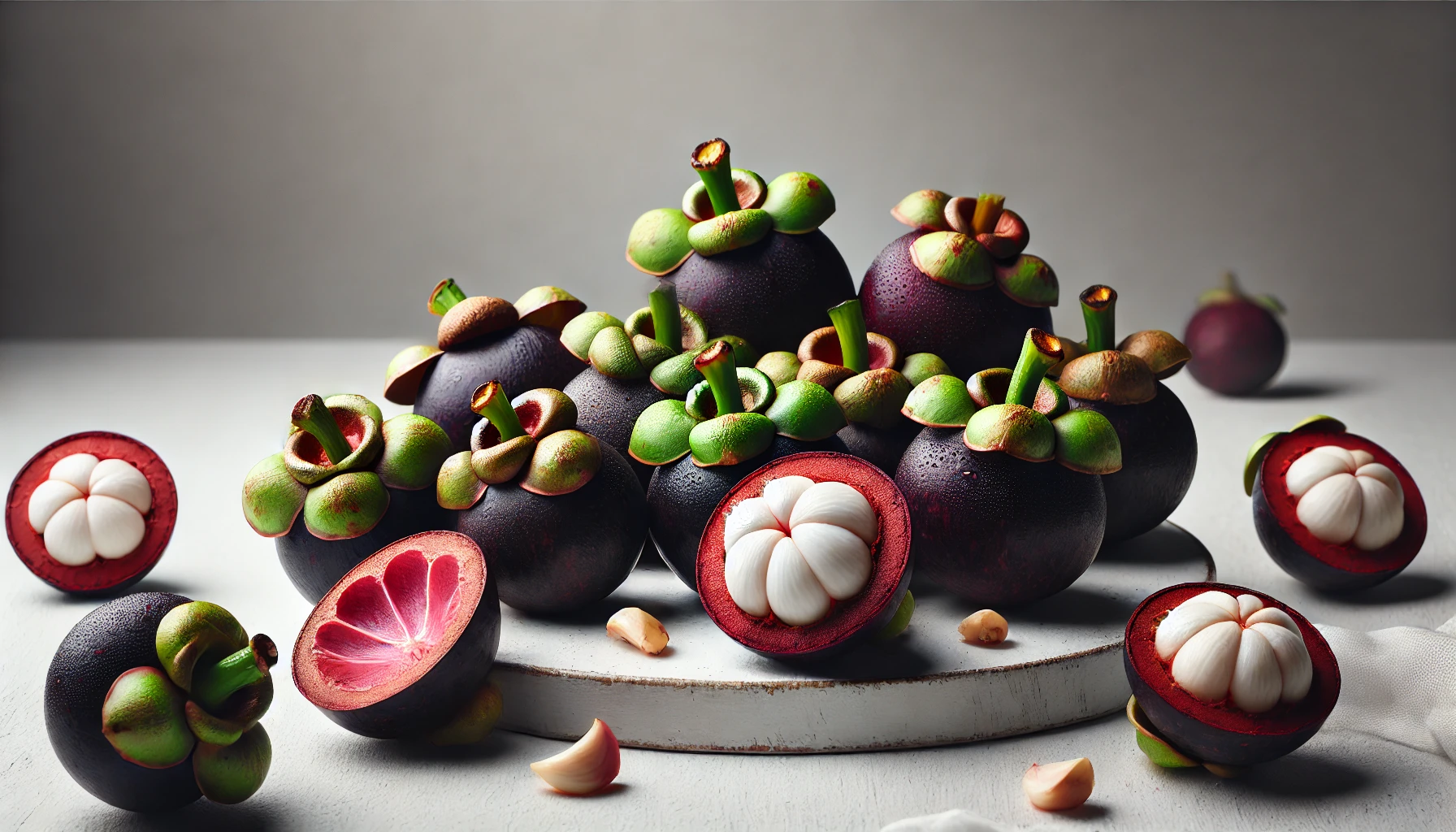
Known as the “Queen of Fruits”, mangosteen is famous for its thick purple skin that you can separate with your hands and its sweet-sour interior that resembles garlic cloves. In Asia, mangosteen is often paired with durian due to their title as the “King and Queen of Fruits.” While durian, with its intense aroma and high energy content, is considered a “warming” fruit, mangosteen is thought to have a refreshing and “cooling” effect, balancing the sensations. This complementary pairing has roots in traditional Chinese medicine, where it is even associated with yin and yang (Mangosteen: yin, Durian: yang). Although there’s no scientific basis for this belief, many people think eating mangosteen after durian balances the body’s heat. Flavor-wise, these two fruits also complement each other. Additionally, the number of segments inside the mangosteen corresponds to the number of leaves at its base. This delicious and healthy fruit is a must-try when in Thailand.
Why Mangosteen?
- Flavor Profile: Sweet, slightly tangy, with a citrusy aroma.
- Health Benefits: Rich in antioxidants and vitamin C, it boosts immunity, reduces inflammation, and promotes skin health.
- Uses: Consumed fresh, or used in juices and desserts.
- Season: Available from May to August.
- Price: Between 20 and 60 THB per kilogram (approximately 0.59 to 1.93 USD).
- Tip: When selecting fresh mangosteen, look for bright, unblemished skin that yields slightly to pressure; avoid fruits that are too hard or overly soft. Be cautious, as the dark purple rind can stain your skin or clothes when peeled. To open, place the fruit between your thumbs and press firmly until the rind cracks. Then carefully peel away the thick skin. Watch out for small seeds in some sections of the fruit.
3. Durian (Thu-Rian)
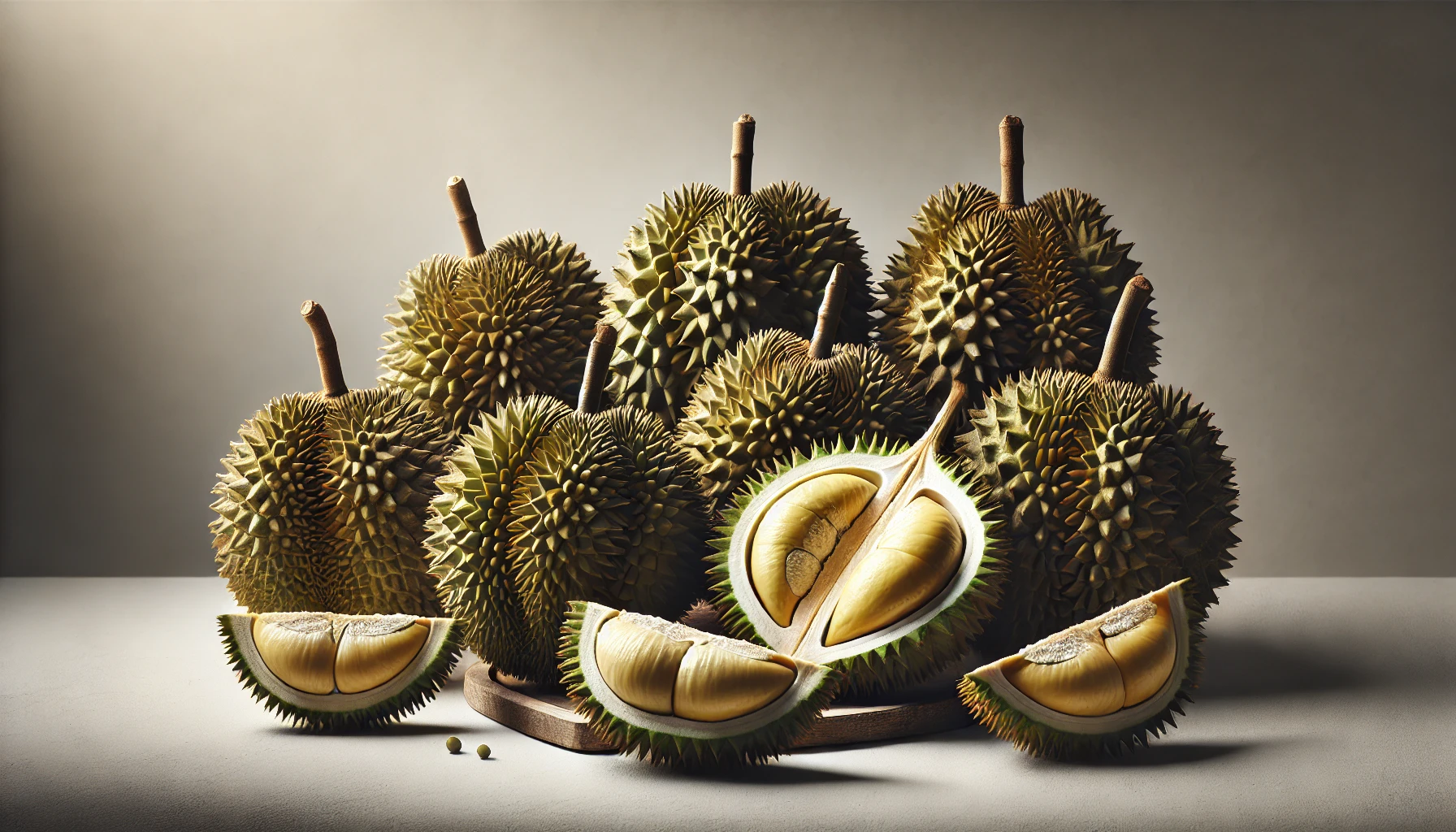
Known as the “King of Fruits,” durian is one of Thailand’s most renowned yet divisive fruits. While its pungent, mold-like smell makes it unpopular with many, Thais enjoy this fruit immensely. Durian is often referred to as the “fruit of heaven and hell” because of its sweet, creamy taste, symbolizing “heaven,” while its spiky shell and strong, unpleasant odor evoke “hell.” Durian is also recognized for its ability to regulate blood pressure and its antioxidant properties. However, due to its strong odor, it is banned from hotels, public transportation, and many other enclosed spaces!
Why Durian?
- Flavor Profile: Durian has a distinct, powerful aroma and offers a sweet, creamy, soft, and nutty flavor.
- Health Benefits: Rich in fiber, vitamin C, potassium, and healthy fats, it supports the immune system and aids digestion.
- Uses: Durian is eaten fresh and used in desserts, ice creams, pastries, and even some savory dishes.
- Season: Available from May to August.
- Price: The price ranges from 100 to 250 THB per kilogram (approximately 2.75 to 7.50 USD).
- Tip: When choosing durian, ensure the shell is hard, and give it a shake to feel for movement inside – this indicates ripeness.
4. Pitaya (Dragon Fruit)
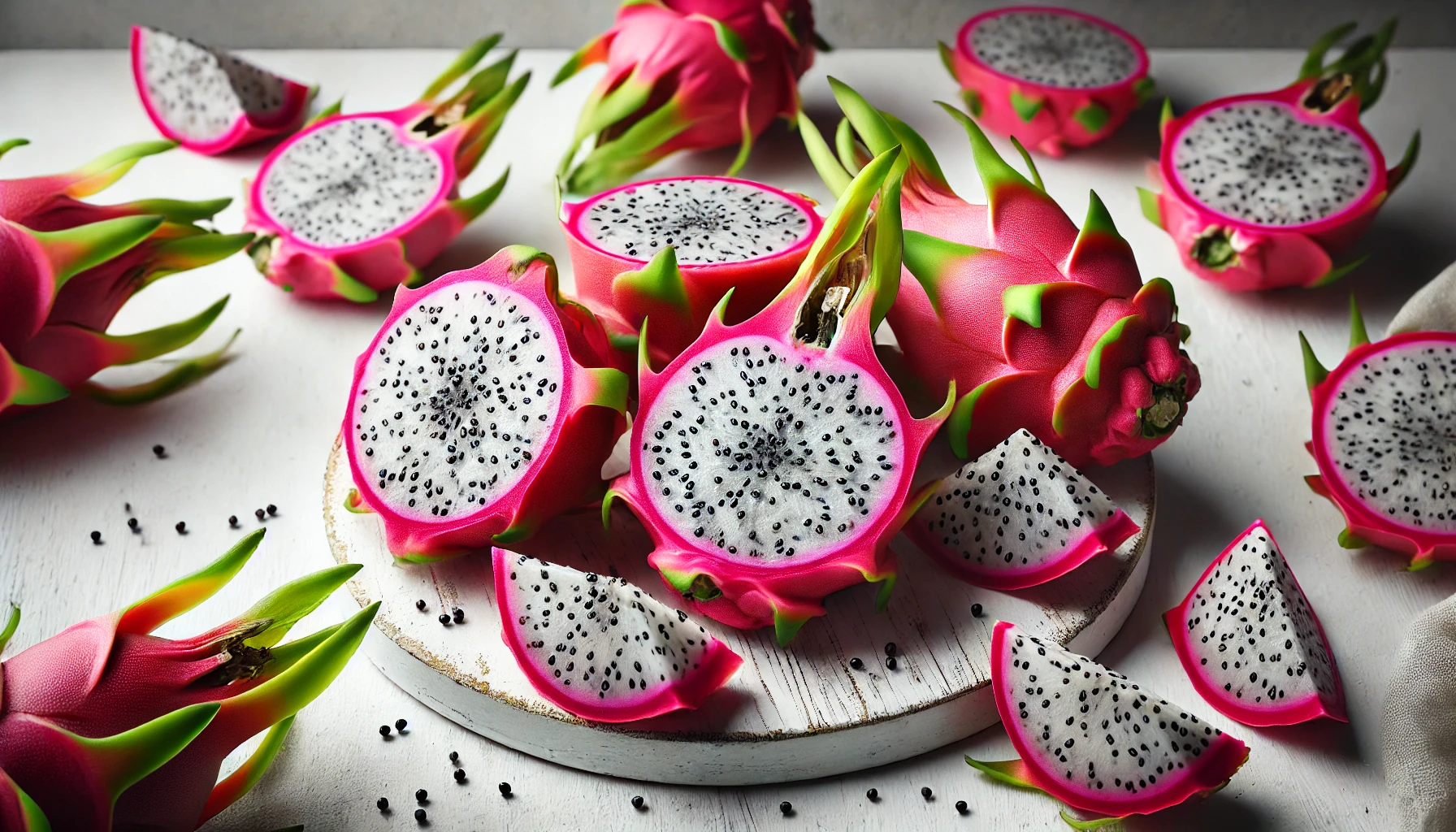
Dragon fruit, gets its name from its dragon-scale-like appearance. This fruit, commonly found in Thailand’s tropical fruit markets, is actually a type of cactus fruit. Its pink, spiny outer skin (which is actually soft despite its appearance) and white flesh dotted with tiny black seeds make it visually striking. The fruit has a mildly sweet taste and is rich in vitamins, minerals, and antioxidants. It is typically eaten fresh (you can cut it in half and scoop out the flesh with a spoon), added to smoothies, or used in fruit salads. In some regions, the flesh is scooped out and served as ice cream or sorbet.
Why Dragon Fruit?
- Flavor Profile: Dragon fruit has a mildly sweet, refreshing flavor, often compared to a blend of kiwi and pear.
- Health Benefits: Rich in vitamin C, fiber, and antioxidants, it boosts immunity, supports digestion, and helps prevent cell damage.
- Uses: Consumed fresh, used in smoothies, fruit salads, or as a topping for desserts.
- Season: Available from June to November.
- Price: Ranges from 60 to 100 THB per kilogram (approximately 1.70 to 2.85 USD).
- Tip: When choosing a ripe dragon fruit, look for vibrant skin and slight softness; those that are too firm may not be fully ripe.
By the way;
There are three main varieties of dragon fruit: White, Red, and Yellow.
- Hylocereus undatus: This variety has white flesh and pink skin and is the most common and widely consumed type.
- Hylocereus costaricensis (or Hylocereus polyrhizus): This type has red flesh and pink or red skin and offers a slightly stronger flavor.
- Hylocereus megalanthus: This variety has yellow skin and white flesh. It is less common than the other two but is sweeter and smaller in size.
These varieties differ in color, flavor, and skin texture, but they all grow on cactus plants in tropical regions.
5. Rambutan (Ngoh)
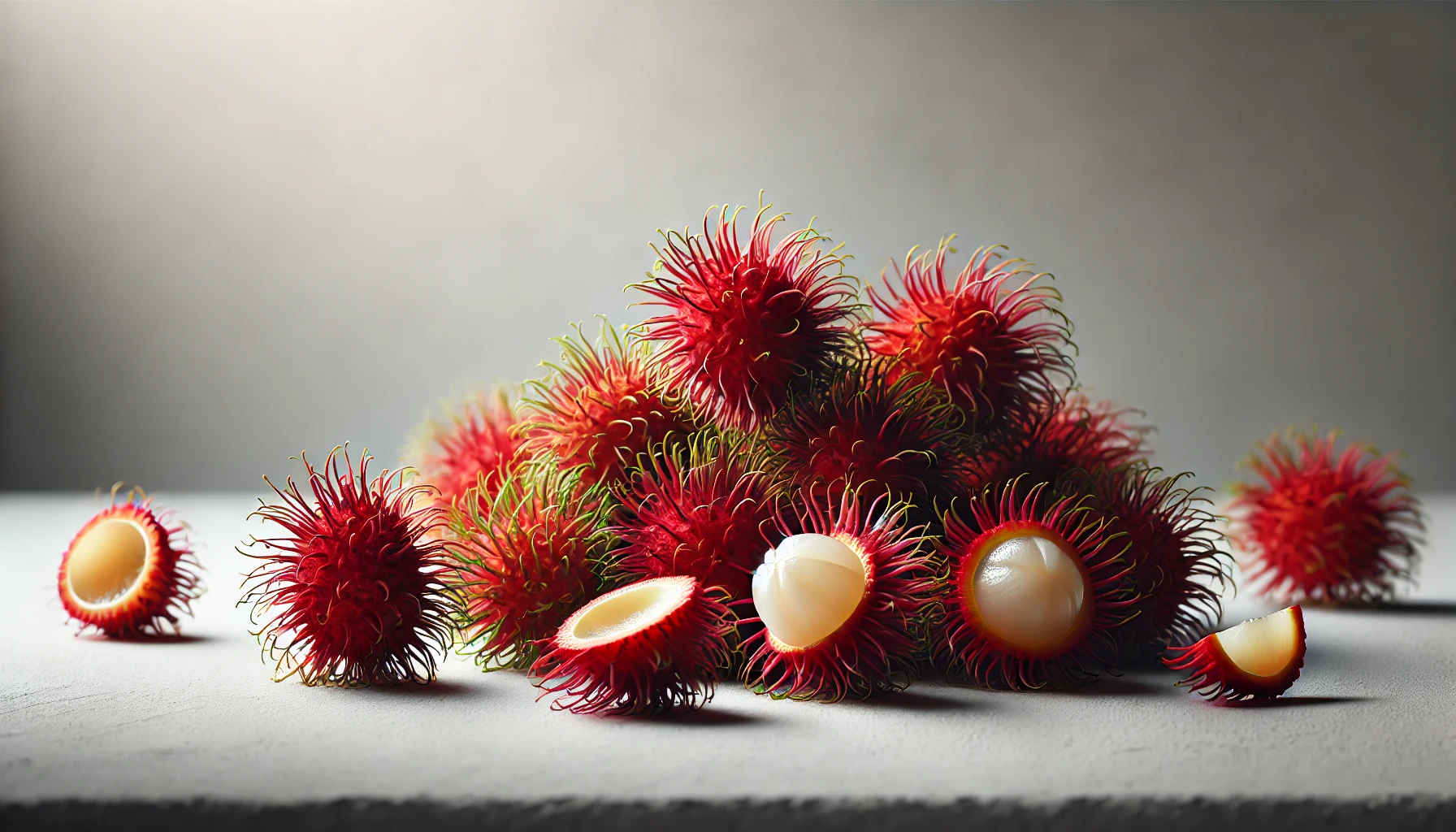
Rambutan is a popular fruit in Thailand known for its hairy appearance. Its name comes from the Malay word “rambut,” which means “hair,” reflecting its hairy shell. Despite its intimidating exterior, the sweet and juicy flesh inside is quite delicious, though be mindful of the seed in the center. Rambutan is rich in fiber, iron, and vitamin C, making it a popular and energizing snack.
Why Rambutan?
- Flavor Profile: Rambutan has a sweet and slightly tangy flavor, similar to grapes, and is juicy and refreshing.
- Health Benefits: With high vitamin C and fiber content, it boosts immunity, supports digestion, and increases energy levels.
- Uses: Eaten fresh, used in fruit salads, desserts, and sometimes made into jams or syrups.
- Season: Available from June to December.
- Price: Typically ranges from 50 to 100 THB per kilogram (approximately 1.40 to 2.85 USD).
- Tip: When choosing ripe rambutan, look for a vibrant red color and ensure the skin’s spines are slightly soft, not hard.
6. Longan (Lam-Yai)
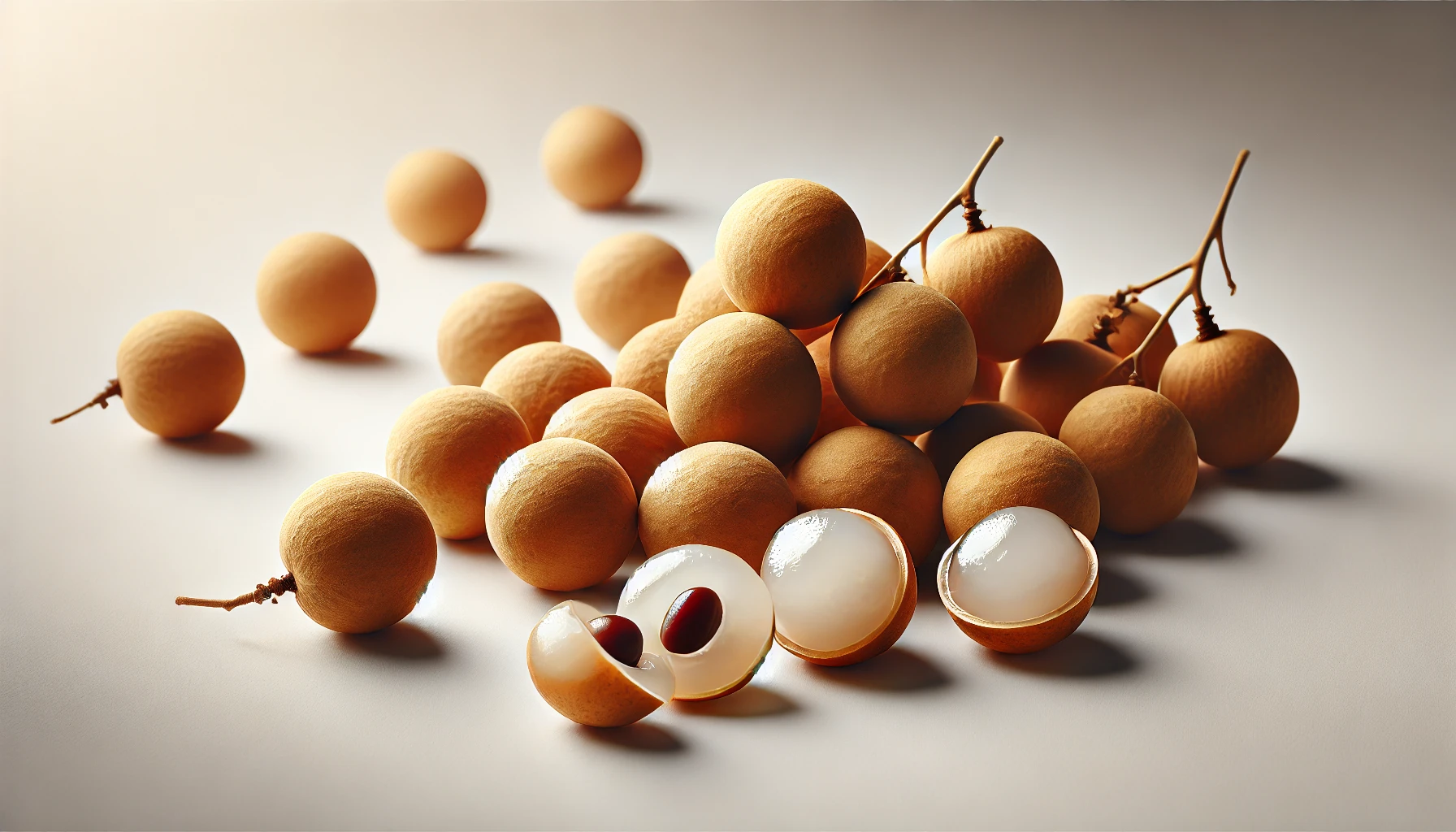
20. Tamarind (Makham)
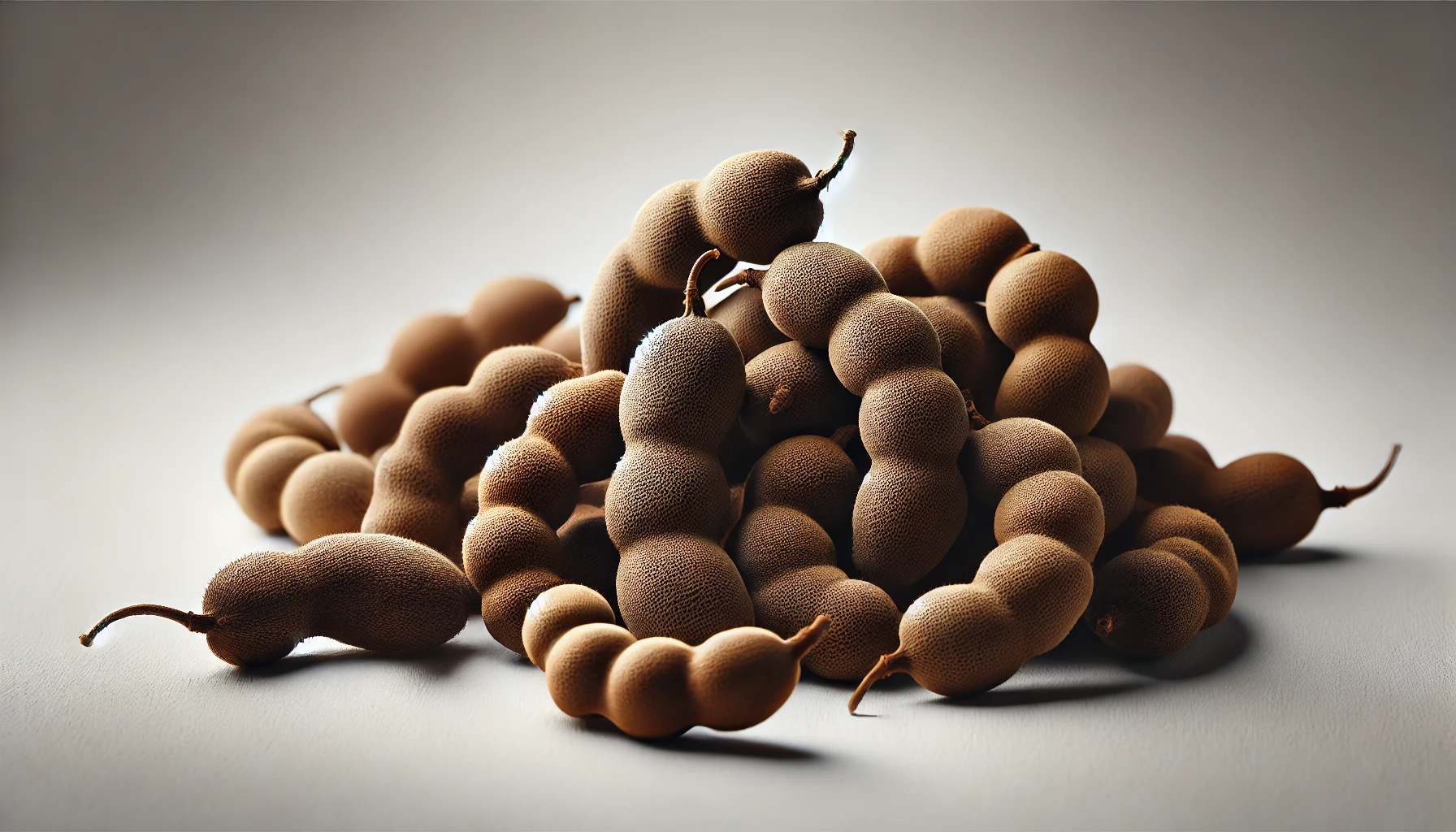
Tamarind, known as “Makham” in Thailand, holds a significant place in Thai cuisine with its tangy and sweet flavor. It is used both as a fresh fruit and as a spice. According to legends, the Tamarind tree houses a protective spirit.
Why Tamarind?
- Taste Profile: It has a flavor that ranges from sour to sweet, becoming sweeter as it ripens.
- Health Benefits: It aids digestion, is rich in antioxidants and potassium, and supports gut health.
- Uses: It is commonly used in sauces, sweets, and drinks, and is also favored in confectionery.
- Season: November – February.
- Price: 30-70 THB per kilogram (approximately 0.85-1.95 USD).
- Tip: When choosing tamarind, look for cracked skin and a soft interior, which indicates ripeness.
In Thailand, fruits stand out not only for their exotic flavors but also for their health benefits. Each fruit offers a unique taste experience and presents a great opportunity to explore Thailand’s tropical richness. If you want to learn more about Thai fruits and explore these flavors, planning a trip to Thailand or looking for these amazing fruits in local markets could be a fantastic start. Remember, each fruit has its own story and unique taste, making a journey through Thai fruits an unforgettable taste experience.
You might also want to check out our articles on Thai Cuisine and 20 Reasons to Move to Thailand.

